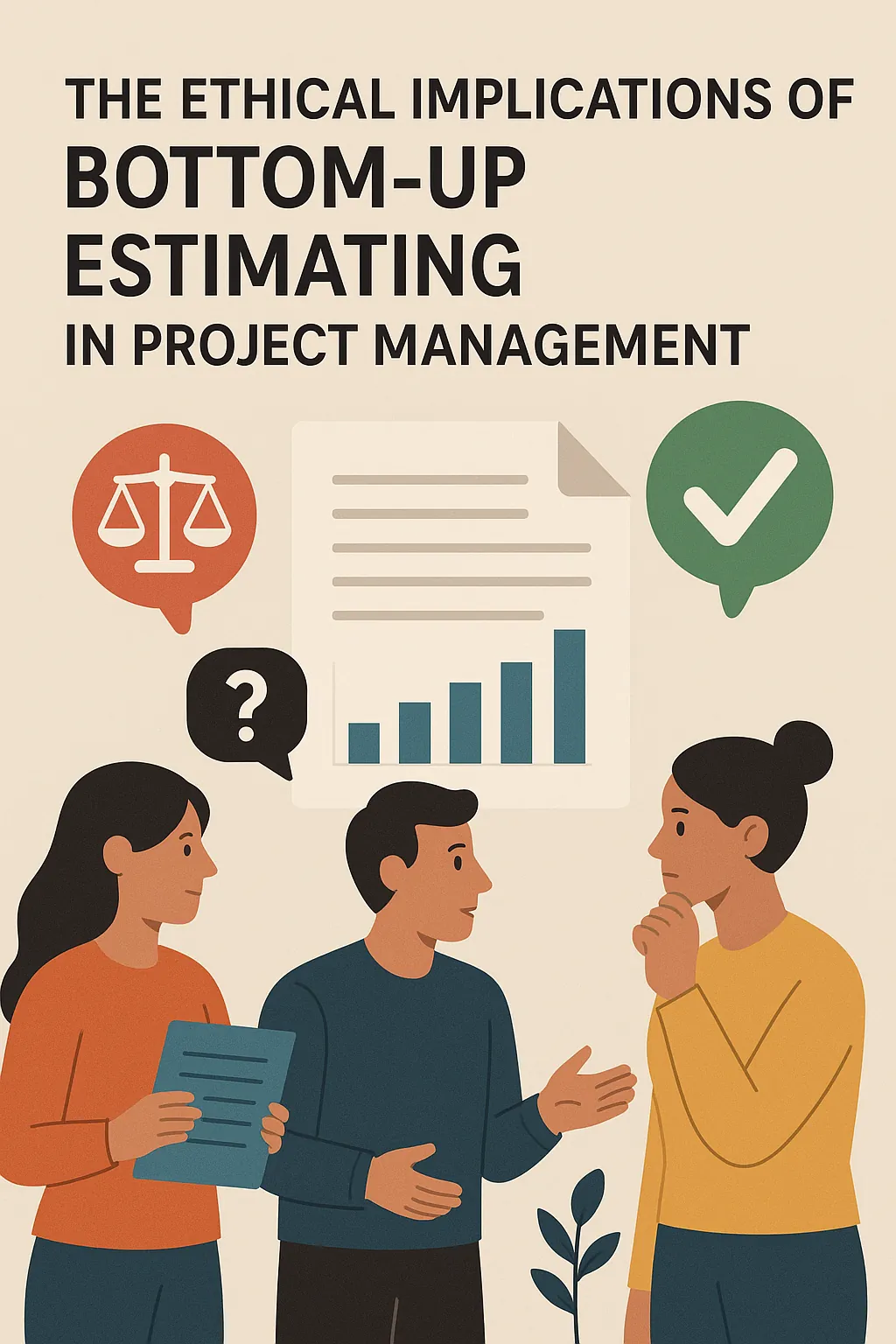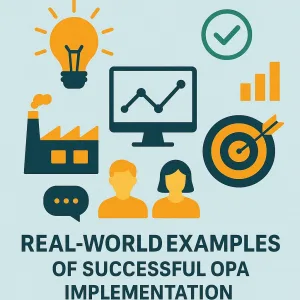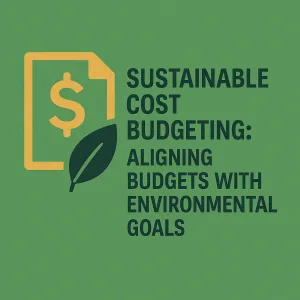Introduction
Bottom-up estimating is a critical technique that involves estimating costs, durations, and resource requirements at a granular level. This method breaks down a project into smaller, manageable components, allowing for detailed analysis and aggregation of estimates to form a comprehensive overview of the entire project. By engaging team members in the estimation process, bottom-up estimating not only enhances accuracy but also fosters ownership and accountability among project stakeholders [1][4][7].
The importance of ethical considerations in project management cannot be overstated. Ethical practices ensure transparency, integrity, and fairness in the estimation process, which are essential for maintaining trust among team members, stakeholders, and clients. When project leaders prioritize ethical standards, they mitigate risks associated with misrepresentation of project costs and timelines, which can lead to project delays, cost overruns, and ultimately, project failure [2][10]. Moreover, ethical estimation practices contribute to a positive organizational culture, where team members feel valued and respected, thus enhancing collaboration and productivity.
This discussion is particularly relevant for ethics officers and project leaders, who play a pivotal role in shaping the ethical landscape of their organizations. By understanding the implications of bottom-up estimating, these professionals can implement best practices that not only improve project outcomes but also uphold the ethical standards of their organizations. As project leaders navigate the complexities of project management, they must remain vigilant about the ethical dimensions of their estimation practices, ensuring that their decisions align with both organizational values and stakeholder expectations [9][10].
Understanding Bottom-Up Estimating
Bottom-up estimating is a project management technique that involves breaking down a project into its smallest components, allowing for detailed estimation of costs, durations, and resource requirements. This granular approach enables project managers to create a comprehensive estimate by aggregating the individual estimates of each component. Here’s a closer look at the process, benefits, and challenges associated with bottom-up estimating.
The Bottom-Up Estimating Process
- Decomposition of the Project: The first step in bottom-up estimating is to decompose the project into smaller, manageable work packages. This breakdown is essential for accurate estimation as it allows for a detailed analysis of each component’s requirements [10].
- Individual Estimation: Each work package is then estimated individually. This includes assessing the costs, time, and resources needed for completion. Team members with relevant expertise are often involved in this process, leveraging their hands-on experience to provide accurate estimates [3][12].
- Aggregation of Estimates: Once all components have been estimated, the individual estimates are aggregated to form a comprehensive project estimate. This total estimate serves as a foundation for developing schedules and budgets, which are crucial for monitoring and controlling the project as it progresses [11][12].
Benefits of Using Bottom-Up Estimating
- High Accuracy: One of the primary advantages of bottom-up estimating is its potential for high accuracy. By involving team members who are familiar with the specific tasks, the estimates reflect a realistic view of the project scope and requirements [13].
- Transparency and Structure: This method provides a transparent and structured approach to cost estimation. It allows for clear tracking of expenses and helps in controlling costs throughout the project lifecycle [14].
- Flexibility: The bottom-up approach is adaptable, enabling project managers to modify estimates based on evolving project needs. This flexibility is particularly beneficial in complex projects where requirements may change over time [1].
- Enhanced Team Engagement: Involving team members in the estimation process fosters a sense of ownership and accountability, which can lead to improved project outcomes [3].
Common Challenges and Limitations
- Time-Consuming: One of the significant drawbacks of bottom-up estimating is that it can be time-consuming. The detailed analysis required for each work package demands considerable effort and resources, which may not always be feasible, especially in tight timelines [12].
- Potential for Over-Estimation: There is a risk of over-estimation when team members pad their estimates to account for uncertainties or to ensure they have sufficient resources. This can lead to inflated project budgets and misallocation of resources [15].
- Dependence on Team Expertise: The accuracy of bottom-up estimates heavily relies on the expertise of the team members involved. If the team lacks experience or knowledge about specific tasks, the estimates may not be reliable [4].
- Organizational Influence: The culture and politics within an organization can also impact the estimation process. Factors such as how padding is handled or the importance placed on accurate estimating can influence the final estimates [15].
The Ethical Landscape in Project Management
Ethical considerations play a crucial role in guiding practices and decision-making processes. As project leaders and ethics officers navigate the complexities of project execution, understanding the ethical implications of estimation practices, particularly bottom-up estimating, becomes essential. This section outlines the ethical principles that govern project management practices, focusing on the importance of ethics, relevant frameworks, and the impact of ethical decision-making on project outcomes.
The Role of Ethics in Project Management
Ethics in project management serves as a foundation for trust and integrity among stakeholders. It encompasses the principles that guide project managers in their interactions with team members, clients, and other stakeholders. Ethical project management ensures that decisions are made with fairness, respect, and consideration for the well-being of all parties involved. In the context of bottom-up estimating, ethical practices are vital to ensure that estimates are accurate, transparent, and reflective of the true costs and resources required for project completion. This approach not only fosters trust but also enhances the credibility of the project manager and the organization as a whole [6][9].
Key Ethical Frameworks Relevant to Project Management
Several ethical frameworks are particularly relevant to project management, including:
- Honesty: Project managers must provide truthful and accurate estimates, avoiding any manipulation of data to present a more favorable outcome. This principle is crucial in maintaining stakeholder trust and ensuring that all parties have realistic expectations regarding project costs and timelines [9].
- Transparency: Transparency involves openly sharing information about the estimation process, including the methodologies used and the assumptions made. This openness helps stakeholders understand the basis of estimates and fosters a collaborative environment where concerns can be addressed [10][12].
- Accountability: Project managers must take responsibility for their estimates and the decisions made based on them. This includes being prepared to justify estimates and address any discrepancies that may arise during project execution. Accountability ensures that project leaders remain committed to ethical practices throughout the project lifecycle [9][12].
The Impact of Ethical Decision-Making on Project Outcomes
Ethical decision-making significantly influences project outcomes. When project managers adhere to ethical principles, they are more likely to achieve successful project delivery, characterized by:
- Enhanced Stakeholder Trust: Ethical practices build trust among stakeholders, leading to stronger relationships and increased collaboration. This trust can result in better communication and support throughout the project [9][10].
- Improved Project Performance: Projects that are managed ethically tend to experience fewer conflicts and misunderstandings, which can lead to improved performance and efficiency. Ethical decision-making helps in aligning team efforts towards common goals, ultimately contributing to project success [12][14].
- Long-term Reputation: Organizations that prioritize ethics in project management are likely to build a positive reputation in their industry. This reputation can attract new clients and opportunities, as stakeholders prefer to engage with organizations known for their integrity and ethical standards [9][10].
Ethical Challenges in Bottom-Up Estimating
Bottom-up estimating is a widely used technique in project management that involves breaking down a project into smaller components and estimating the costs, durations, and resources required for each part. While this method is known for its accuracy and reliability, it also presents several ethical challenges that project leaders and ethics officers must navigate. Here are some key ethical dilemmas associated with bottom-up estimating:
1. Bias Affecting Estimation Accuracy
Bias can significantly impact the accuracy of estimates in bottom-up estimating. Team members may unconsciously allow personal biases to influence their assessments, leading to inflated or deflated estimates. For instance, a project team member might overestimate the time required for a task due to a previous negative experience, while another might underestimate it to appear more efficient. This subjectivity can compromise the integrity of the estimation process, resulting in unrealistic project timelines and budgets, which can ultimately affect project outcomes and stakeholder trust [6][9].
2. Pressure from Stakeholders
Stakeholders often have vested interests in project outcomes, which can create pressure on project managers and team members to manipulate estimates. This pressure may come in various forms, such as expectations for lower costs or shorter timelines to secure funding or approval. When faced with such demands, estimators might feel compelled to adjust their estimates to align with stakeholder expectations, even if it means sacrificing accuracy. This manipulation not only undermines the ethical standards of the estimation process but can also lead to project failures and reputational damage for the organization [10][12].
3. Lack of Transparency
Transparency is a fundamental ethical principle in cost estimation. A lack of transparency can lead to ethical breaches, as stakeholders may not fully understand the assumptions, methods, and data sources that underpin the estimates. When estimators fail to communicate uncertainties and limitations clearly, it can create a false sense of security among stakeholders, who may make decisions based on incomplete or misleading information. This lack of clarity can erode trust and accountability, making it essential for project leaders to foster an environment where open communication and ethical practices are prioritized [3][10][13].
Best Practices for Ethical Bottom-Up Estimating
Bottom-up estimating is a widely used technique in project management that involves estimating costs or durations for individual work packages and then aggregating these estimates to determine the total project cost. While this method can enhance accuracy, it also raises important ethical considerations that project leaders and ethics officers must address. Here are some actionable recommendations to maintain ethical standards in bottom-up estimating:
- Encourage Independent Reviews and Audits of Estimates: Implementing a system for independent reviews can help ensure that estimates are not only accurate but also free from bias. Regular audits of the estimating process can identify discrepancies and promote accountability. This practice aligns with the ethical principle of transparency, allowing stakeholders to trust the estimates provided [10][11].
- Promote a Culture of Open Communication Among Project Teams: Fostering an environment where team members feel comfortable discussing their estimates and the rationale behind them is crucial. Open communication can help mitigate issues such as “sandbagging” or unintentional buffering, where estimates may be artificially inflated or deflated. Encouraging dialogue ensures that all perspectives are considered, leading to more reliable and ethical estimates [4][12].
- Advocate for Training on Ethical Decision-Making for Project Leaders: Providing training focused on ethical decision-making can equip project leaders with the tools they need to navigate complex estimation scenarios. This training should cover the importance of integrity in estimating practices and the potential consequences of unethical behavior. By emphasizing ethical considerations, project leaders can better align their estimating practices with the overall goals of fairness and accountability in project management [15].
By implementing these best practices, project leaders and ethics officers can enhance the integrity of bottom-up estimating processes, ensuring that they not only achieve accurate estimates but also uphold ethical standards that benefit all stakeholders involved.
Case Studies: Ethical Implications in Real-World Scenarios
Bottom-up estimating is a widely used technique that involves breaking down a project into smaller components to provide detailed cost and duration estimates. While this method can enhance accuracy and accountability, it also raises significant ethical considerations that can impact project success and stakeholder trust. Below are some real-world examples and discussions surrounding the ethical implications of bottom-up estimating.
Real-World Examples of Ethical Issues in Estimation Practices
- Construction Projects with Underestimated Costs: In several large-scale construction projects, such as the Boston Big Dig, initial cost estimates were significantly lower than the final expenditures. This discrepancy led to public outcry and legal challenges, as stakeholders felt misled about the project’s financial implications. The ethical issue here revolves around transparency and the responsibility of project leaders to provide accurate estimates that reflect true costs and risks [10][12].
- Technology Implementation in Healthcare: A healthcare organization faced ethical dilemmas when estimating the costs of implementing a new electronic health record system. The project team, under pressure to deliver a low-cost solution, provided estimates that did not account for necessary training and system integration. This resulted in project delays and increased costs, ultimately affecting patient care. The ethical implications included the potential harm to patients and the erosion of trust among stakeholders [15].
Consequences of Unethical Estimating on Project Success and Stakeholder Trust
- Erosion of Trust: When project estimates are perceived as misleading or inaccurate, it can lead to a significant loss of trust among stakeholders, including clients, team members, and investors. This erosion of trust can hinder future collaborations and damage the reputation of the organization involved [12][15].
- Project Failure: Unethical estimating practices can lead to project overruns, scope creep, and ultimately project failure. For instance, if a project team underestimates the time required for critical tasks, it may result in rushed work, lower quality outcomes, and unmet deadlines, which can have cascading effects on project success [10][12].
Successful Navigation of Ethical Challenges Through Best Practices
- Transparent Communication: A notable example of ethical best practices can be seen in the construction of the Sydney Opera House. The project team employed transparent communication strategies, openly discussing potential risks and uncertainties in their estimates. This approach not only fostered trust among stakeholders but also allowed for more accurate budgeting and scheduling [15].
- Stakeholder Involvement: In a renewable energy project, the project leaders engaged stakeholders throughout the estimating process, allowing for input and feedback on cost assumptions. This collaborative approach not only improved the accuracy of estimates but also enhanced stakeholder buy-in and trust, demonstrating that ethical considerations can lead to better project outcomes [12][15].
- Adopting Ethical Standards: Organizations that adopt ethical standards and guidelines for estimating practices, such as those outlined by the Project Management Institute, have been able to navigate ethical challenges more effectively. By adhering to established ethical frameworks, project leaders can ensure that their estimating practices are not only accurate but also aligned with the values of fairness and responsibility [10][12].
Conclusion
The practice of bottom-up estimating is not only a technical approach but also one that carries significant ethical implications. As we have explored, ethical considerations are paramount in ensuring that estimates are accurate, transparent, and free from manipulation. The integrity of the estimation process directly impacts project outcomes, stakeholder trust, and organizational reputation.
Key takeaways include:
- Importance of Ethical Considerations: Ethical practices in bottom-up estimating are essential to maintain transparency and accountability. Cost estimators must avoid distorting data or overlooking critical information, as these actions can lead to misguided project decisions and financial mismanagement [10][9]. Upholding ethical standards fosters a culture of trust and reliability within project teams and among stakeholders.
- Encouraging Ongoing Dialogue: The conversation around ethics in project management should be continuous. Engaging in discussions about ethical practices not only raises awareness but also encourages the sharing of best practices among project leaders and ethics officers. This dialogue can help identify potential ethical dilemmas and develop strategies to address them proactively [12].
In conclusion, as project management continues to evolve, the ethical implications of bottom-up estimating must remain a focal point. By prioritizing ethical practices, we can ensure that project management not only meets its objectives but does so with integrity and respect for all stakeholders involved.
Find out more about Shaun Stoltz https://www.shaunstoltz.com/about/.
This post was written by an AI and reviewed/edited by a human.



